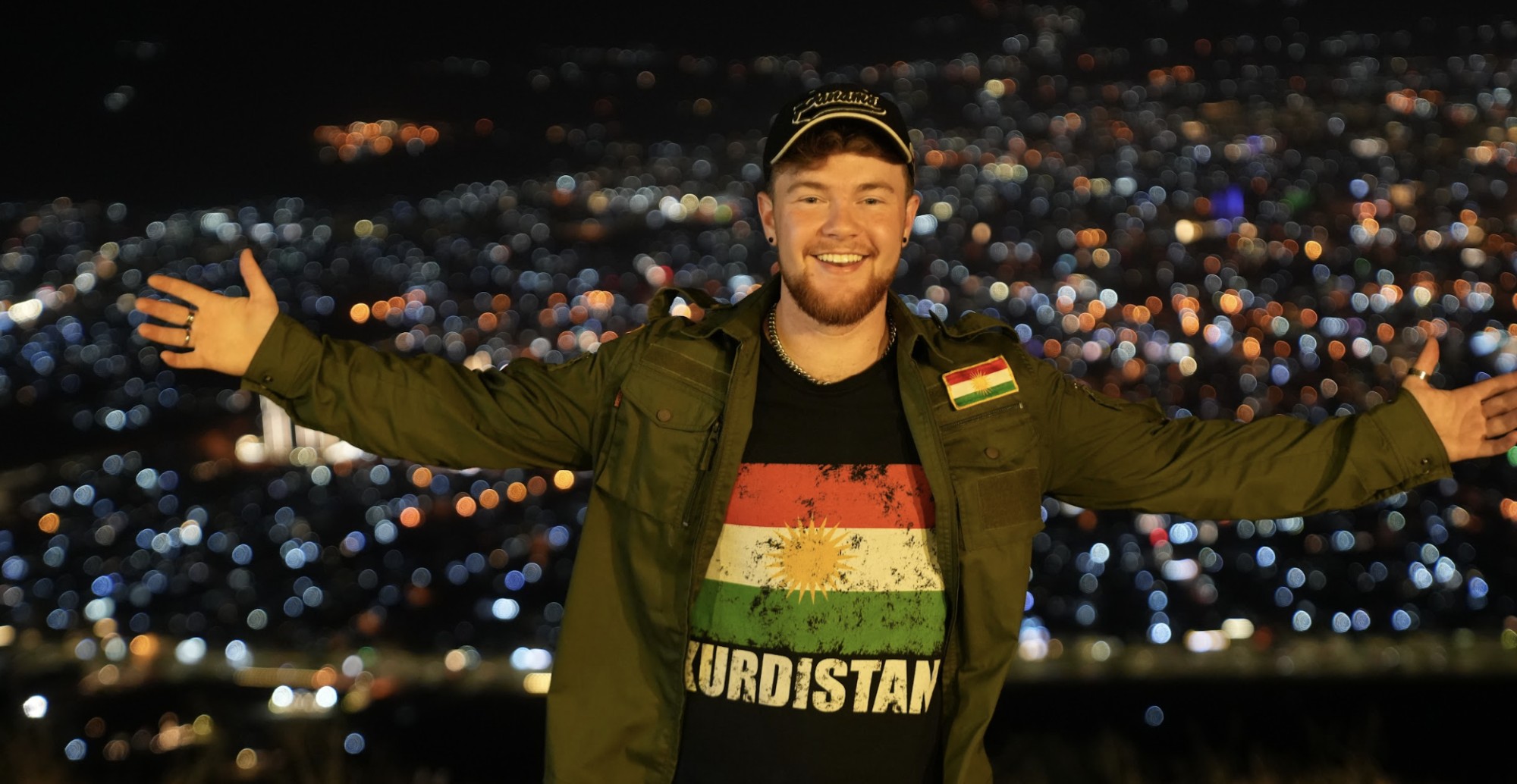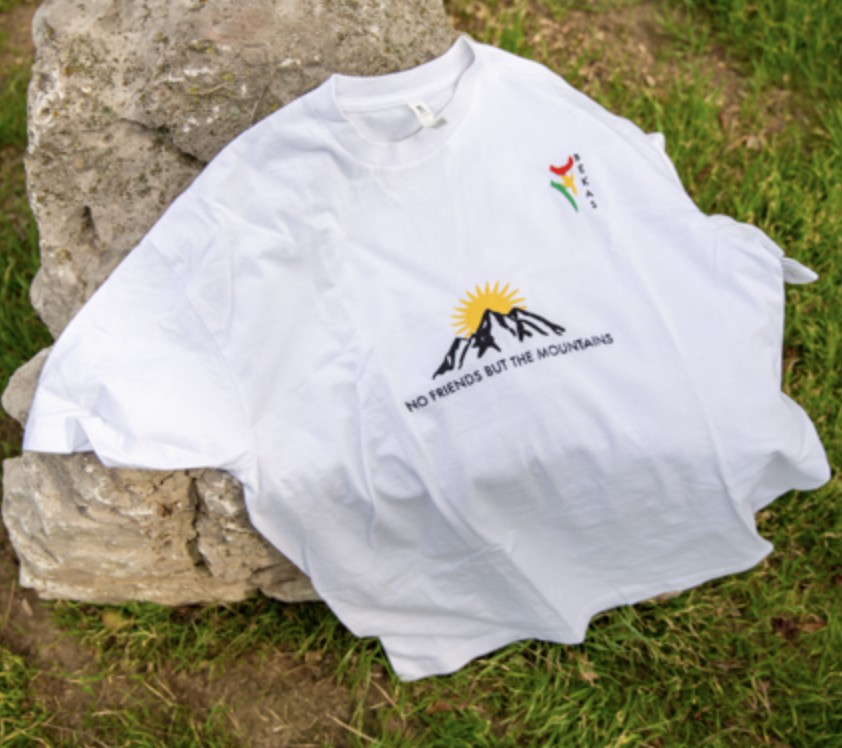In February, a delegation from the U.S. Embassy in Baghdad and U.S. Consulate General in Erbil visited the Kurdistan Regional Government (KRG) General Directorate of Antiquities and Heritage to discuss the repatriation of historical artifacts from the region.
Kaifi Mustafa, KRG General Director of Antiquities and Heritage, informed the Kurdistan Chronicle that the delegation reported having 360 artifacts in the United States that are from the Kurdistan Region, and plans to send catalogs and images of these items.
According to Mustafa, if these items are verified to have origins in the Kurdistan Region, they will be returned to local museums.

“We need to see these artifacts and make sure they belong to the Kurdistan Region,” he said.Furthermore, the discussions emphasized cooperation between the United States and the Kurdistan Region on measures to protect antiquities and return artifacts that were looted and are now abroad.
“The U.S. delegation expressed willingness to assist in the return of any artifacts discovered abroad that are proven to belong to the Kurdistan Region, ensuring their reinstatement in local museums,” said Mustafa.
Mustafa praised the cooperation between the United States and the Kurdistan Region, calling it “very important.”
“Kurdistan’s artifacts are part of world heritage, but they must be preserved and displayed in their original location,” said Mustafa.
Unlike the central and southern parts of Iraq, the museums in the Kurdistan Region were not looted after the United States-led coalition liberated Iraq in 2003.

However, Mustafa revealed that there have been incidents at Kurdistan’s archeological sites, including the destruction of caves and archeological mounds, and the looting of old graves.
“I believe that some regional countries encourage looters to destroy and distort the history and heritage of the Kurdistan Region,” Mustafa stated.
He requested that the KRG Ministry of Interior hire special guards to protect historical sites from looters.
Furthermore, he urged the ministry to prohibit the sale of metal detectors in the market, as looters have increasingly used the instrument.
In recent years, Iraq has managed to recover about 17,000 artifacts from the United States through such cooperative initiatives.
During Saddam’s rule in the 1990s, looting became a major issue in Iraq. By 2000, it had become so widespread that workers at archaeological sites were looting their own workplaces. When Saddam’s government fell in 2003, archaeological sites were left unprotected, and looting was uncontrollable.

Over 6,000 archaeological sites
The Kurdistan Region is rich in historical and archaeological sites. Currently, the region has 30 partnerships with international universities and archeological organizations to map and explore archeological sites in Kurdistan and to host workshops and conferences on archeology-related topics.
According to Mustafa, the KRG is striving to develop and convert some of the region’s archeological sites into tourist attractions in order to educate people about Kurdistan’s heritage while also generating revenue and creating job possibilities.
Among the sites earmarked for development as tourist destinations is Shanidar Cave. Located in the Zagros Mountains in the Erbil Governorate, the Shanidar Cave is home to one of the largest collection Neanderthal fossils ever unearthed.
Another standout location is Bestansur village, situated in Arbat, Sulaymaniyah Governorate. Dating to 8000-7100 BC, it stands as one of the earliest known settlements globally. Its archaeological value extends beyond national borders, offering a glimpse into the dawn of sedentary farming life during the Neolithic period.

During the Neolithic period, human communities across the Middle East transitioned from being nomadic hunters and foragers to settled farmers and animal herders, a dramatic process of change often called the Neolithic Revolution. At this time people domesticated many of the animals and plants in their surrounding environments, including goats, sheep and pigs, as well as cereal and pulse crops.
“Early Mesopotamia civilization started in the Kurdistan Region,” says Mustafa.
Another testament to this heritage is the Assyrian archeological site located in Khinis, Duhok Governate. This site is an open-air museum featuring stone carvings dedicated to King Sennacherib, who ruled the Assyrian Empire from 704 to 681 BC. The carvings at the site were discovered across several stages of excavations carried out through a joint mission of Duhok Governate’s Directorate of Antiquities and Heritage and Italian archaeologists from the University of Udine. The first phase of the park was inaugurated in 2022.
The General Director of Antiquities and Heritage also highlighted recent discoveries, such as Zakhiku, an ancient center of the Mittani Empire. Unveiled by a team of German and Kurdish archaeologists, this 3400-year-old city emerged from the receding waters of the Mosul reservoir due to drought. The discovery sheds light on the importance of the region in ancient times and adds another layer to Kurdistan’s rich historical tapestry.

